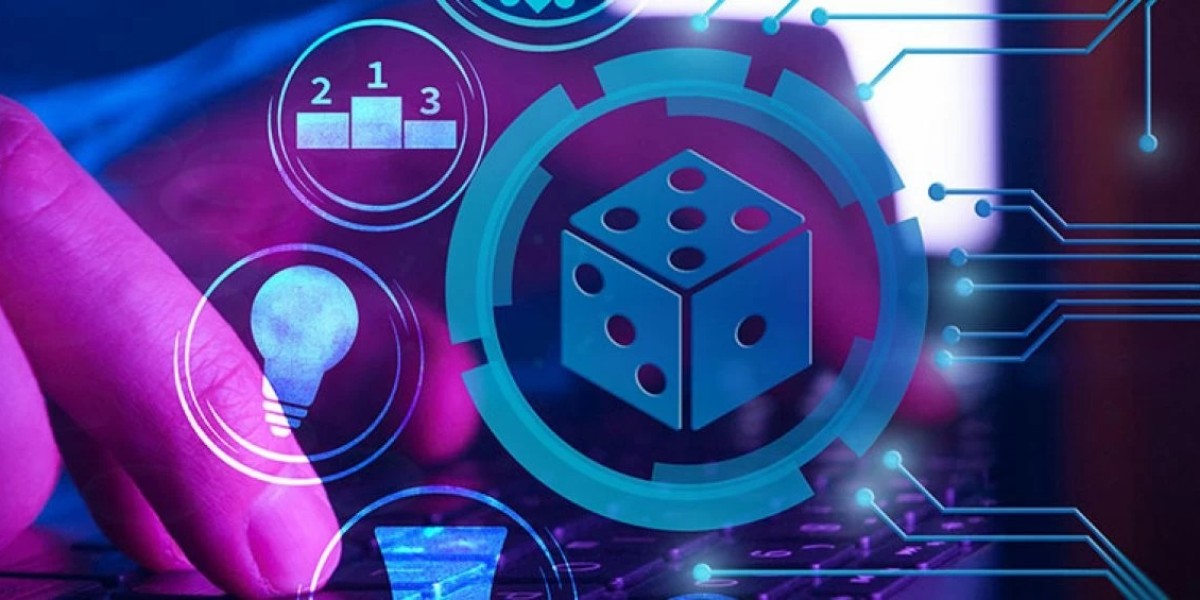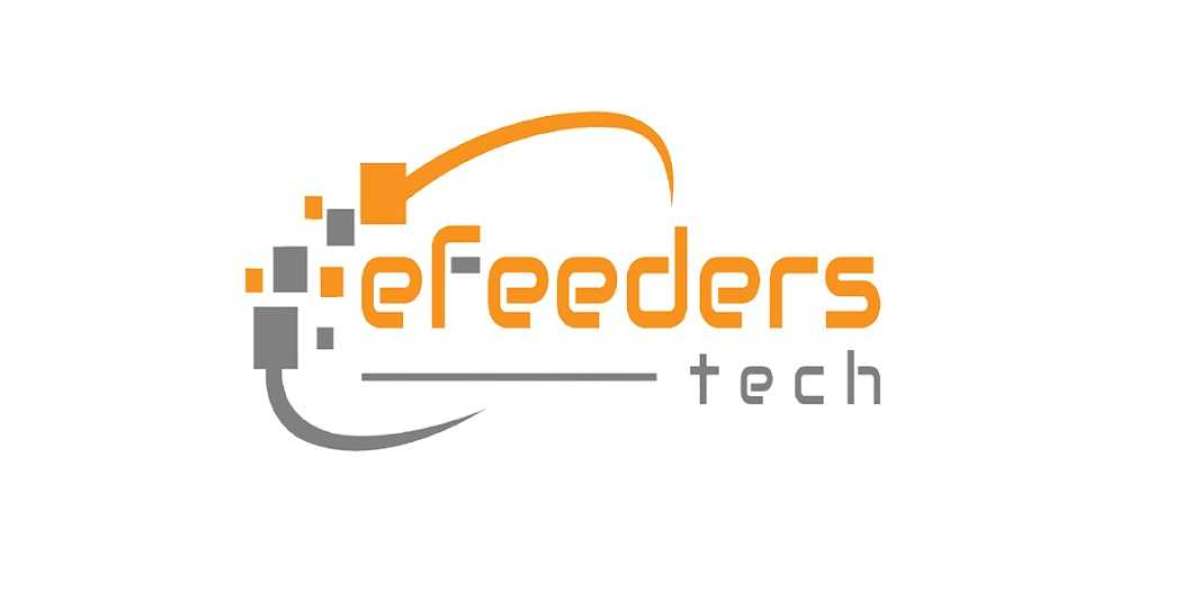In the dynamic landscape of education and training, traditional methods gradually give way to innovative approaches that engage learners in immersive and interactive experiences. Game-based learning is one such strategy that has shown tremendous success.
The potential of game-based learning to blend instruction with fun has made it a potent tool for boosting productivity in various fields.
What are the Benefits of Game-Based Learning?
Game-based learning has emerged as a dynamic and effective educational strategy, harnessing the power of games to revolutionize how we acquire knowledge and skills. This approach transcends traditional methods by infusing materials with gaming elements, offering many benefits that enhance engagement, retention, problem-solving, and collaboration.
Here are some illustrative benefits of game-based learning and how it shapes modern education's landscape.
Increased Engagement and Motivation
Game-based learning captivates learners' attention by immersing them in virtual environments and narratives. Learners are motivated to overcome obstacles and achieve goals through challenges, rewards, and competition. The heightened engagement sustains their interest and commitment to the learning process.
Enhanced Retention and Application
Games often contextualize information, allowing learners to grasp complex concepts through practical application. This contextual learning enhances knowledge retention and enables learners to apply their newfound skills in real-world scenarios.
Active Learning and Problem-Solving:
Game-based learning encourages active participation, promoting critical thinking and problem-solving skills. Learners must analyze situations, make decisions, and strategize to progress within the game. These cognitive processes directly translate to improved productivity in work and everyday life.
Immediate Feedback and Iterative Learning
Games provide instant feedback on learners' actions, enabling them to identify their mistakes and make corrections in real-time. This iterative learning process accelerates skill development and prevents the reinforcement of misconceptions.
Collaboration and Communication
Many game-based incorporate multiplayer components that foster collaboration and communication among learners. They mirror real-world collaborative work environments, enhancing teamwork and interpersonal skills.
Customized Learning Paths
Game-based learning platforms often adapt to individual progress, offering customized learning paths. Learners can advance at their own pace, ensuring they master each concept before moving forward. This tailored approach optimizes learning outcomes.
Analyzing The Role of Learning Solutions
While the benefits of game-based learning are evident, the seamless integration of learning solutions plays a pivotal role in realizing its full potential. The backbone shapes enhance and optimizes the game-based learning experience. Let's delve into their critical role in this innovative educational approach.
Designing Immersive and Educational Experiences
They are the architects behind the creation of immersive learning experiences. They provide the framework for blending educational content with interactive gameplay seamlessly. Meticulous instructional design ensures that the game's objectives, challenges, and narrative align with the desired learning outcomes. This alignment captivates learners' attention and ensures they absorb and retain knowledge in a meaningful context.
Customization and Adaptation
One of the remarkable features is their adaptability. Traditional learning methods often follow a rigid structure, leaving some learners disengaged or overwhelmed. On the other hand, it offers adaptive learning paths. They monitor each learner's progress, adapting the game's difficulty, complexity, and content to match their skill level. This customization ensures learners remain appropriately challenged, maintaining engagement while preventing frustration.
Immediate and Constructive Feedback
They provide immediate and constructive feedback, a cornerstone of effective learning. As learners navigate the game's challenges, the learning solution responds promptly to their choices and actions. This real-time feedback mechanism empowers learners to understand the consequences of their decisions, promoting critical thinking and enabling continuous improvement. Constructive feedback goes beyond correction; it guides learners toward optimal strategies, fostering a deep understanding of concepts.
Personalized Learning Journeys
The power lies in their ability to craft personalized learning journeys. These solutions generate insights into individual strengths and areas needing improvement by analyzing learners' interactions, progress, and performance. This data-driven approach allows them to tailor the learning experience to the unique needs of each learner. This personalization enhances motivation, engagement, and knowledge retention, improving productivity.
Gamification and Motivation
Gamification elements add a layer of motivation to the learning process. Points, badges, leaderboards, and rewards tap into learners' innate desire for achievement and recognition. These elements encourage healthy competition and incentivize participation. As learners strive to earn rewards and climb leaderboards, they naturally invest more effort and time into the learning process, fostering a sense of accomplishment that directly influences their productivity.
Data-Driven Insights for Continuous Improvement
Data is a treasure trove for refining educational strategies in the digital age. They accumulate valuable data on learners' interactions, decision-making processes, and progression. These insights provide educators and designers with a wealth of information. By analyzing this data, they can identify learning patterns, assess the effectiveness of various instructional elements, and fine-tune the learning experience. This data-driven approach ensures that game-based learning remains a dynamic and evolving strategy.
Seamless Integration with Technology
They seamlessly merge with modern technology platforms, making game-based learning accessible and engaging. Whether through web-based applications, mobile devices, or emerging technologies like virtual reality, they ensure learners can access educational games through familiar mediums. This integration empowers learners to engage with content using the devices they are comfortable with, promoting a smooth and effective learning experience.
The cutting-edge learning strategies that underpin game-based learning are crucial to its success. These solutions act as the catalysts that merge educational content with interactive gameplay. They offer customization, immediate feedback, personalized learning paths, and gamification elements, all optimizing learning outcomes. By leveraging data-driven insights and integrating seamlessly with modern technology, they propel game-based learning into a realm of unparalleled educational effectiveness. It will remain essential as the educational landscape evolves, revolutionizing how we learn, train, and ultimately enhance productivity through game-based learning.
Game-Based Learning's Effect on Productivity
While the benefits of game-based learning are apparent, measuring its impact on productivity requires a structured approach. Here are some key methods:
Performance Metrics
Compare learners' performance before and after engaging with game-based learning solutions.
Track metrics such as completion rates, accuracy, speed, and problem-solving abilities.
Analyze how these metrics correlate with improved productivity in relevant tasks.
Skill Application in Real Scenarios
Assess learners' ability to apply the acquired skills in real-world situations. Case studies or simulations can provide insights into whether the skills learned through games translate to improved performance on the job.
User Feedback and Surveys
Gather feedback from learners about their experiences with game-based learning. Did they find the approach engaging? Did it enhance their understanding of concepts? Did they notice any positive changes in their productivity or work-related tasks?
Comparative Studies
Conduct comparative studies between groups that underwent game-based learning and those that followed traditional methods. Measure the differences between the two groups in productivity, knowledge retention, and problem-solving capabilities.
Long-Term Observations
Monitor learners' progress over an extended period. Do the skills acquired through game-based learning continue to influence their productivity over time? Long-term observations provide insights into the sustainability of the learning outcomes.
Conclusion
Game-based learning has emerged as a potent tool for enhancing productivity by combining the engaging elements of gaming with educational content. Its ability to boost engagement, foster critical skills, and facilitate active learning makes it a compelling approach in various educational and training contexts.
A combination of performance metrics, real-world application assessments, user feedback, comparative studies, and long-term observations is essential to measure the impact of game-based learning on productivity. The potential for game-based learning to revolutionize how we approach education, training, and productivity will change as technology develops.
 " class="wow_main_float_head_img">
" class="wow_main_float_head_img">







